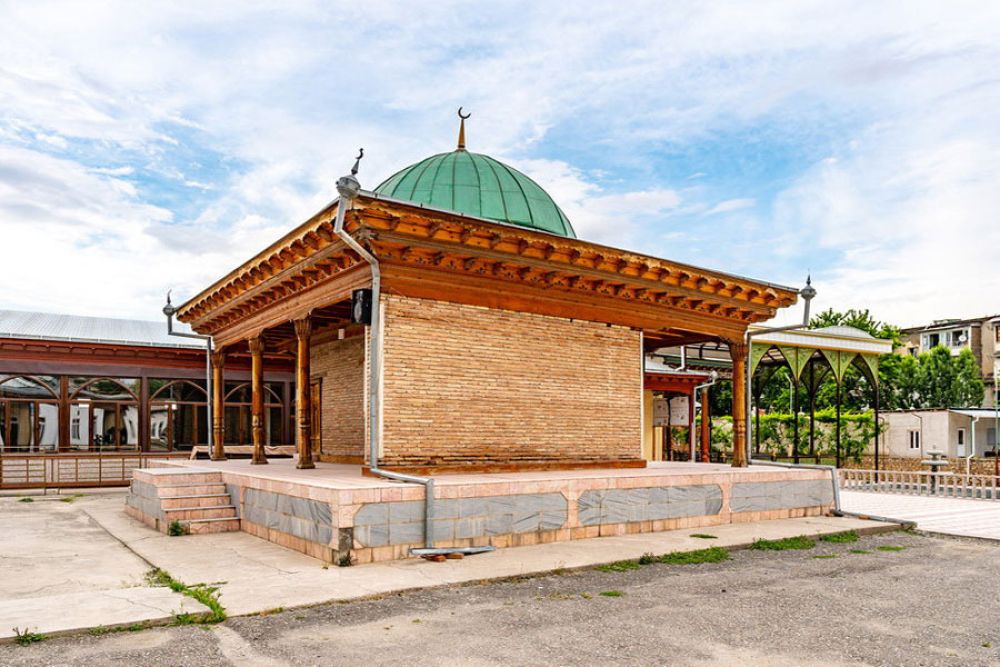

The Hazrat Shoh Mausoleum, located in the town of Isfara in the Sughd Province of Tajikistan, is a sacred site that has long been a pillar in the Islamic history of the region. Nestled among the picturesque foothills of the Pamir Mountains, the mausoleum is the resting place of Hazrat Shoh, who is revered as a saint and holds immense significance for local worshippers and the wider Muslim community.
Although the history of Hazrat Shoh Mausoleum as a religious site dates back centuries, its history of tourism is relatively young. During the Soviet era, religious practices were discouraged, and access to sites like the Hazrat Shoh Mausoleum was limited. However, following Tajikistan's independence in 1991, there has been a gradual revival of religious and historical tourism.
In recent decades, the government of Tajikistan has recognized the potential for tourism to contribute to the local and national economy. This has led to increased efforts to promote historically and culturally important sites such as the Hazrat Shoh Mausoleum. Today, the mausoleum not only serves as a pilgrimage destination for the devout but also attracts history buffs, cultural enthusiasts, and travelers interested in the rich heritage of the region.
In line with global and regional tourism trends, the push for sustainable and community-based tourism has become more pronounced. There is a growing interest in experiential travel, where visitors seek more meaningful interactions with local culture, history, and lifestyle. Within this context, the Hazrat Shoh Mausoleum offers an authentic window into the Islamic traditions and history of Tajikistan.
Recently, there has been an increase in digital promotion with the aim of attracting international tourists. Many travelers now use online platforms and social media to learn about destinations like the Hazrat Shoh Mausoleum, hence digital presence and marketing have become crucial for tourism growth in the area.
Moreover, with the heightened interest in Central Asia's Silk Road history, destinations like the Hazrat Shoh Mausoleum are increasingly included in travel itineraries that cater to cultural and historical exploration. The Silk Road's rich legacy, which intertwines with the Islamic history of the region, provides a compelling narrative for tourists.
The Tajik government, alongside travel agencies and local communities, are working towards developing the necessary infrastructure to support tourism, while ensuring that the sanctity and preservation of the mausoleum are maintained.
In conclusion, Hazrat Shoh Mausoleum in Isfara is a testament to Tajikistan's spiritual heritage and its growing tourism sector. It stands not only as a site of monumental historical value but also as a beacon for those looking to explore the crossroads of culture, history, and faith in Central Asia.